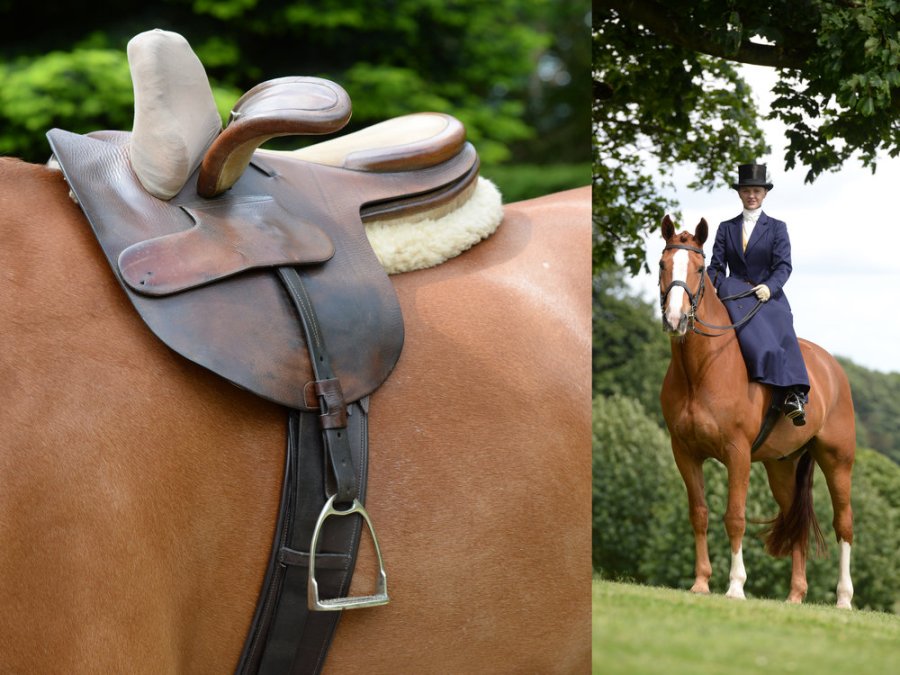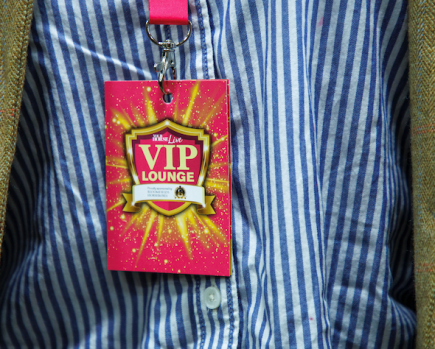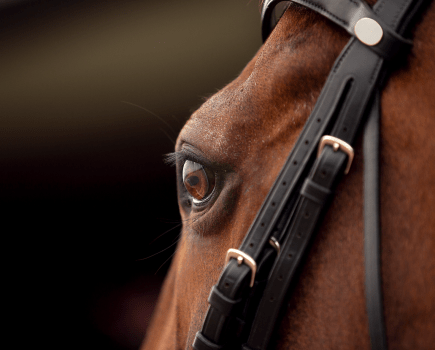Every year riders young and old take up side-saddle, proving that this style may be traditional, but it’s definitely not old-fashioned.
Rachel Jayne Barker is an equine manipulator and saddle fitter based in Nottingham, she’s also a Petplan Equine ambassador. She explains the saddle and gear associated with riding aside.
The side-saddle
The first thing you’ll notice are the pommels. The top one is called the queen and the bottom is the leaping head. Side-saddle technique is to hook your right leg over the queen, with the leaping head curving over your left thigh.
Both pommels help keep you safe and secure in the saddle. There are a range of styles and they can usually be adjusted or padded to make them a better fit for the rider.
The stirrup also comes in various styles, with some that detach if the rider is unseated.
Another unique feature of the side-saddle are its three girths: normal, balance and over girth. They counter the weight imbalance and help keep the saddle in place.
‘Go’ buttons
A crop and spur are used to help replace the lack of the rider’s right leg, and make aids clearer for the horse. You don’t have to use a spur but it is considered correct turnout for one to be seen when competing side-saddle. Spur band or blunt spurs are also acceptable.
Good habits
A traditional riding habit is made up of a jacket, waistcoat and apron. Breeches are worn underneath, and should match the colour of the apron.
Hats off
In the show ring, a collar and tie is worn with a bowler. With a silk hat (only to be worn after midday) you wear a cream four-fold stock and white stock shirt.
Don’t miss the latest issue of Your Horse Magazine, jam-packed with training and veterinary advice, horse-care tips and the latest equestrian products available on shop shelves, on sale now.









